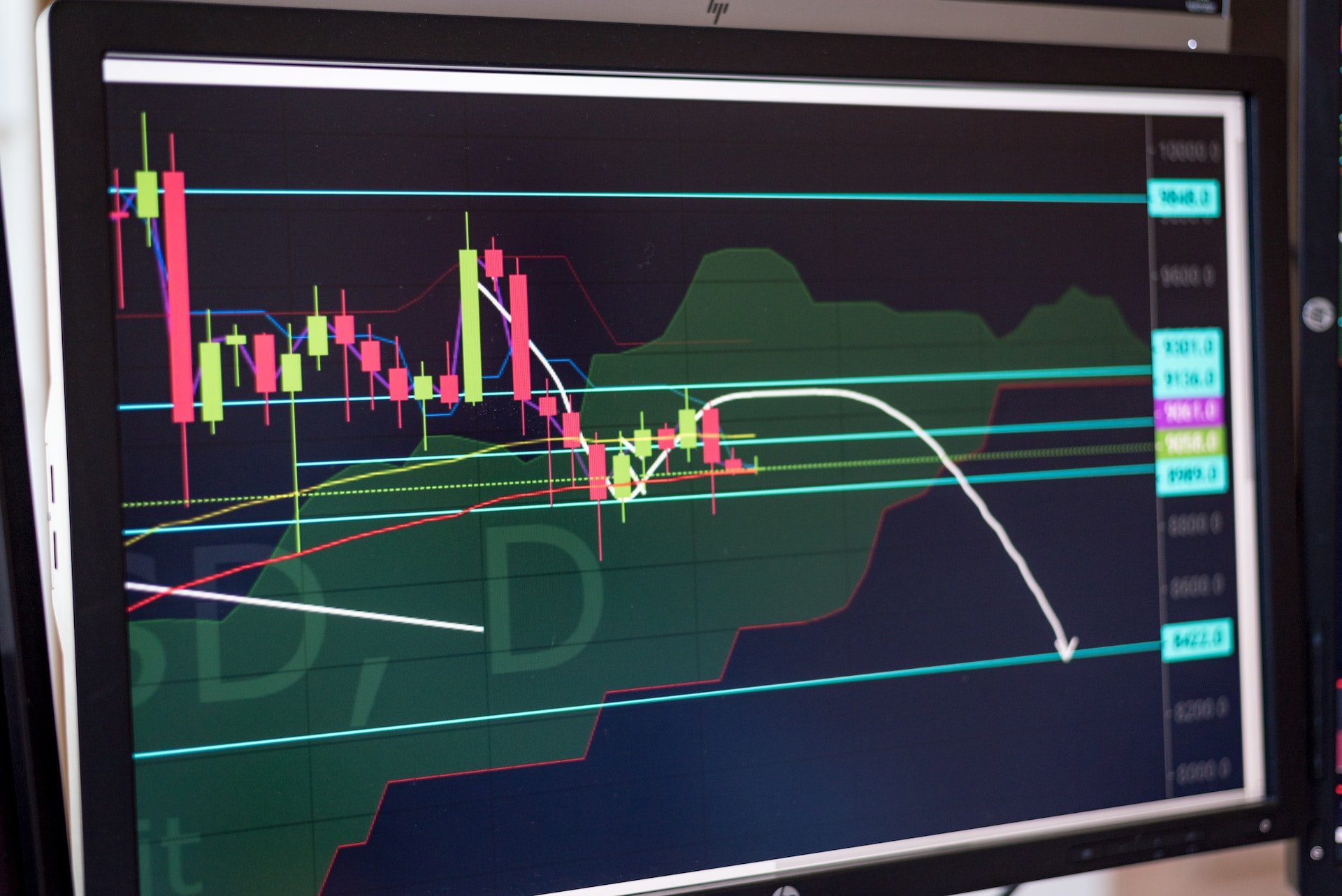The currency exchange market is a critical component of international trade and commerce. As currencies fluctuate, the decisions made by traders and investors can have significant economic consequences.
This has made the skill of identifying trends and patterns in currency exchange rates valuable for traders and investors. However, many factors influence currency values, and it can be challenging to know where to begin. This article will provide you with 3 essential tips that will help you to make more profitable decisions in the world of finance.
Using DXY Chart to Identify Trends and Patterns
The U.S. Dollar Index is a weighted index that measures the value of the U.S. dollar relative to other foreign currencies. The commonly traded currencies are the Euro (EUR), British pound (GBP), Swiss franc (CHF), and Japanese yen (JPY), among others.
The DXY chart is a graphical representation of the index’s movements over time. It is usually plotted as a line chart, with the x-axis and y-axis representing time and the index’s value respectively.
The chart can be analyzed in different timeframes, such as daily, weekly, or monthly. It provides traders with valuable insights into the direction of the U.S. dollar’s value. For example, if the DXY chart is showing a consistent uptrend over several weeks, this may indicate a strengthening U.S. dollar and vice versa.
Understand Currency Exchange Rates

A currency exchange rate is the value of one currency in relation to another currency. And these exchange rates are influenced by certain factors. They include:
Interest rates
Interest rates set by central banks have a significant impact on the exchange rate of a currency. When a country’s interest rate is high, foreign investors are more likely to invest in that country, increasing demand for its currency and driving up its exchange rate.
Economic indicators
Gross domestic product (GDP), inflation, and unemployment rates are economic indicators that impact currency exchange rates. A strong economy and low inflation generally result in a stronger currency and vice versa.
Political instability
Political instability can cause uncertainty in the markets and impact currency exchange rates. Countries with stable political environments are generally seen as more attractive to foreign investors, which can increase the demand for their currency.
Keeping Up with News and Events

News, social, economic, and political events can affect currency exchange rates greatly. For example, changes in interest rates, inflation rates, and economic growth can all influence the value of a currency. Similarly, political events such as elections, changes in government policy, and geopolitical tensions can also impact exchange rates. Social factors such as natural disasters, pandemics, and social unrest can also play a role.
To stay informed, it’s important to read financial news websites, watch financial news channels, and sign up for newsletters among others. This practice comes with benefits like making better investment decisions, mitigating risk, and identifying opportunities to stay ahead of the competition.
Currency markets are always evolving, and staying ahead of the curve requires constant monitoring and analysis. Identifying trends and patterns in currency exchange rates is a crucial skill for anyone involved in the world of finance. When you pay close attention to market fluctuations and economic indicators, you can gain a deeper understanding of the factors that impact currency values and make more informed decisions.













